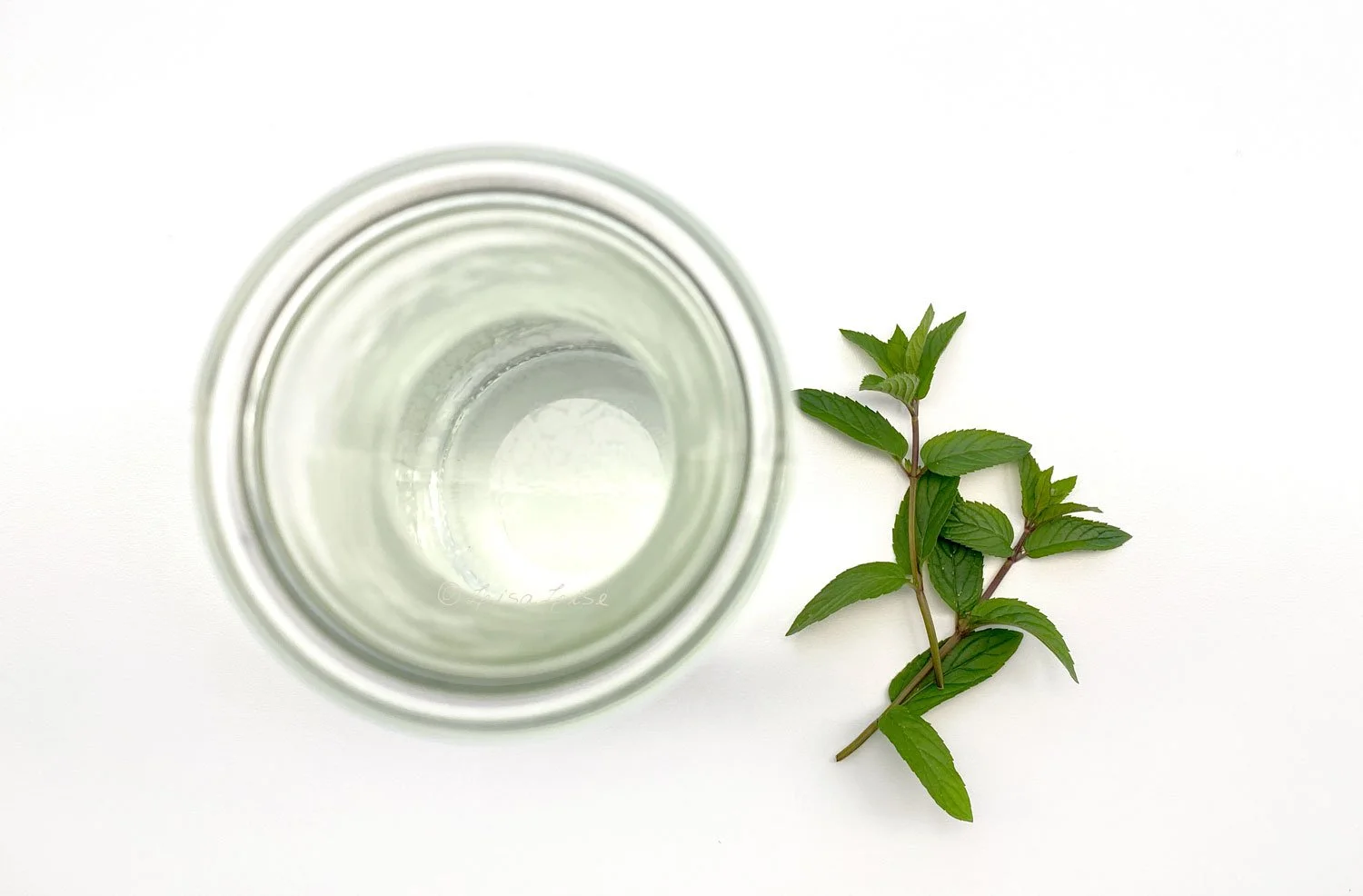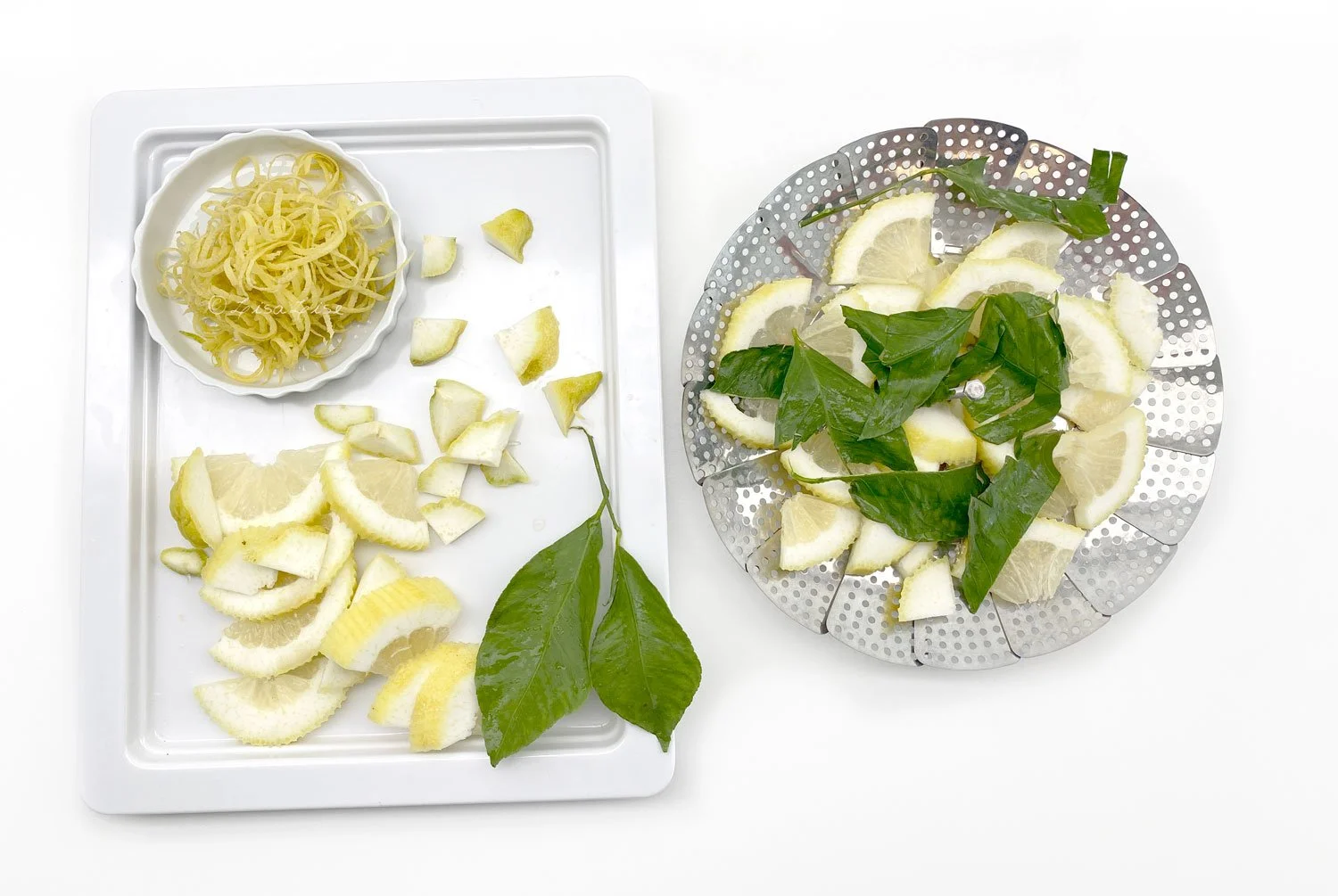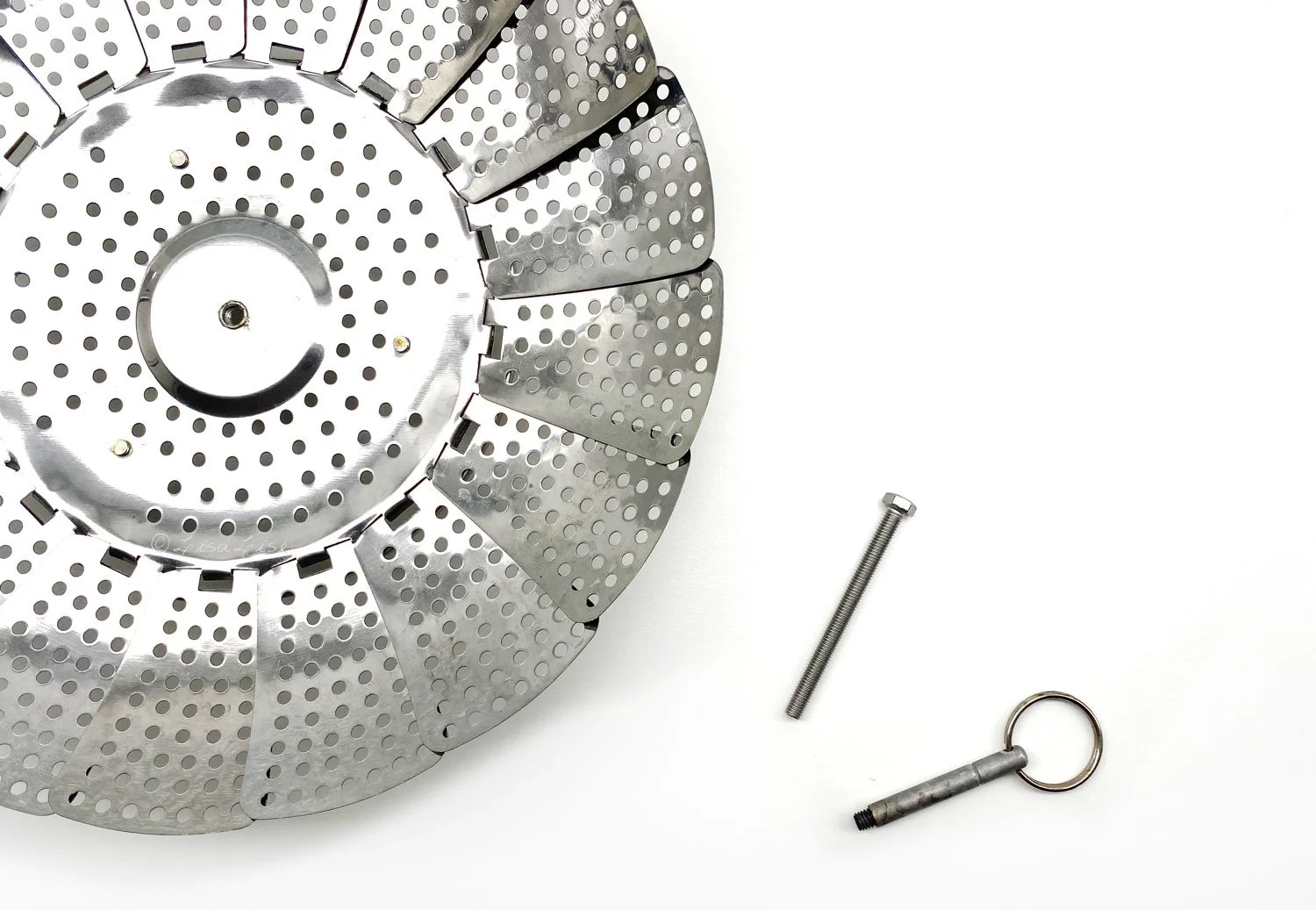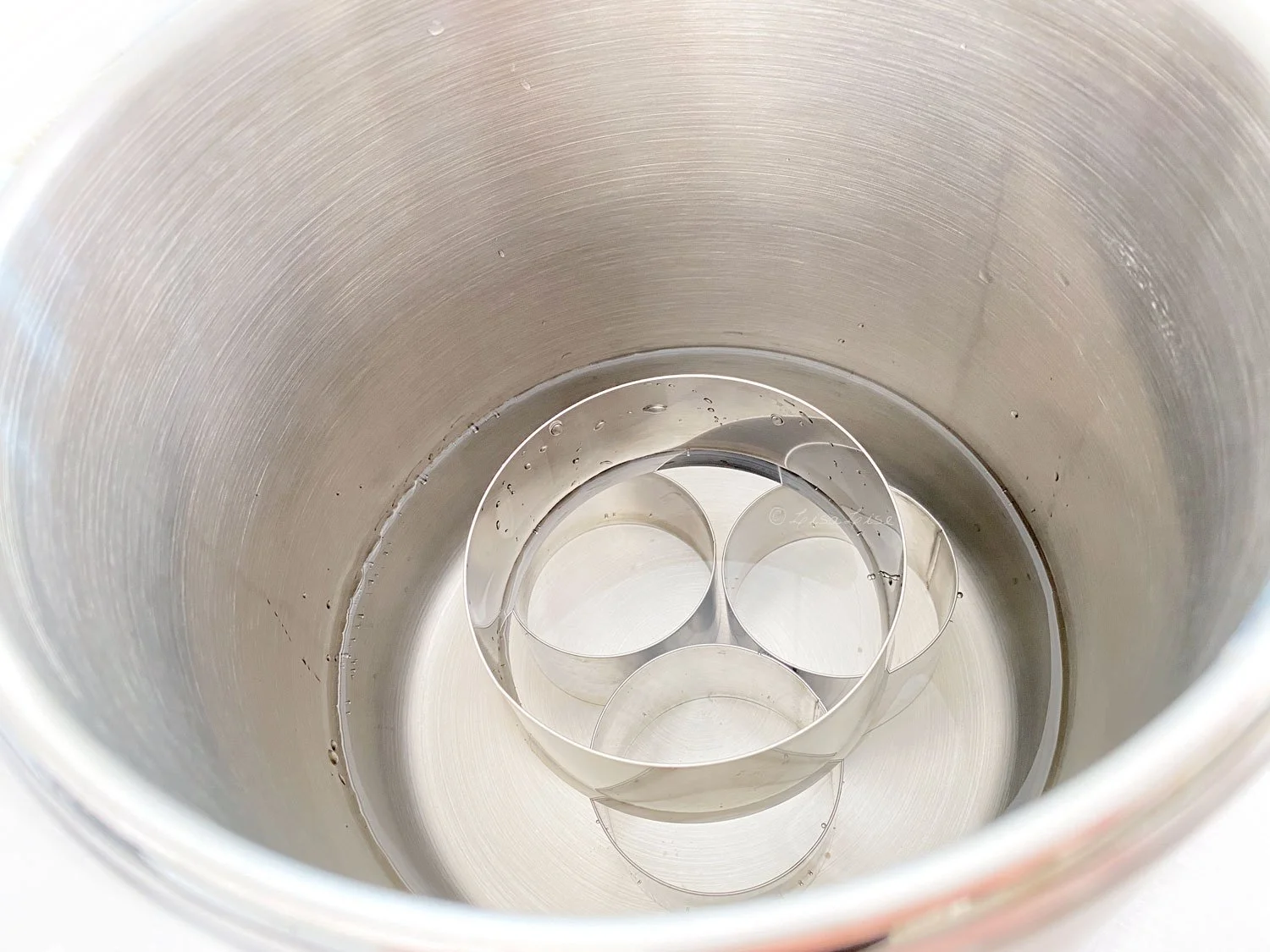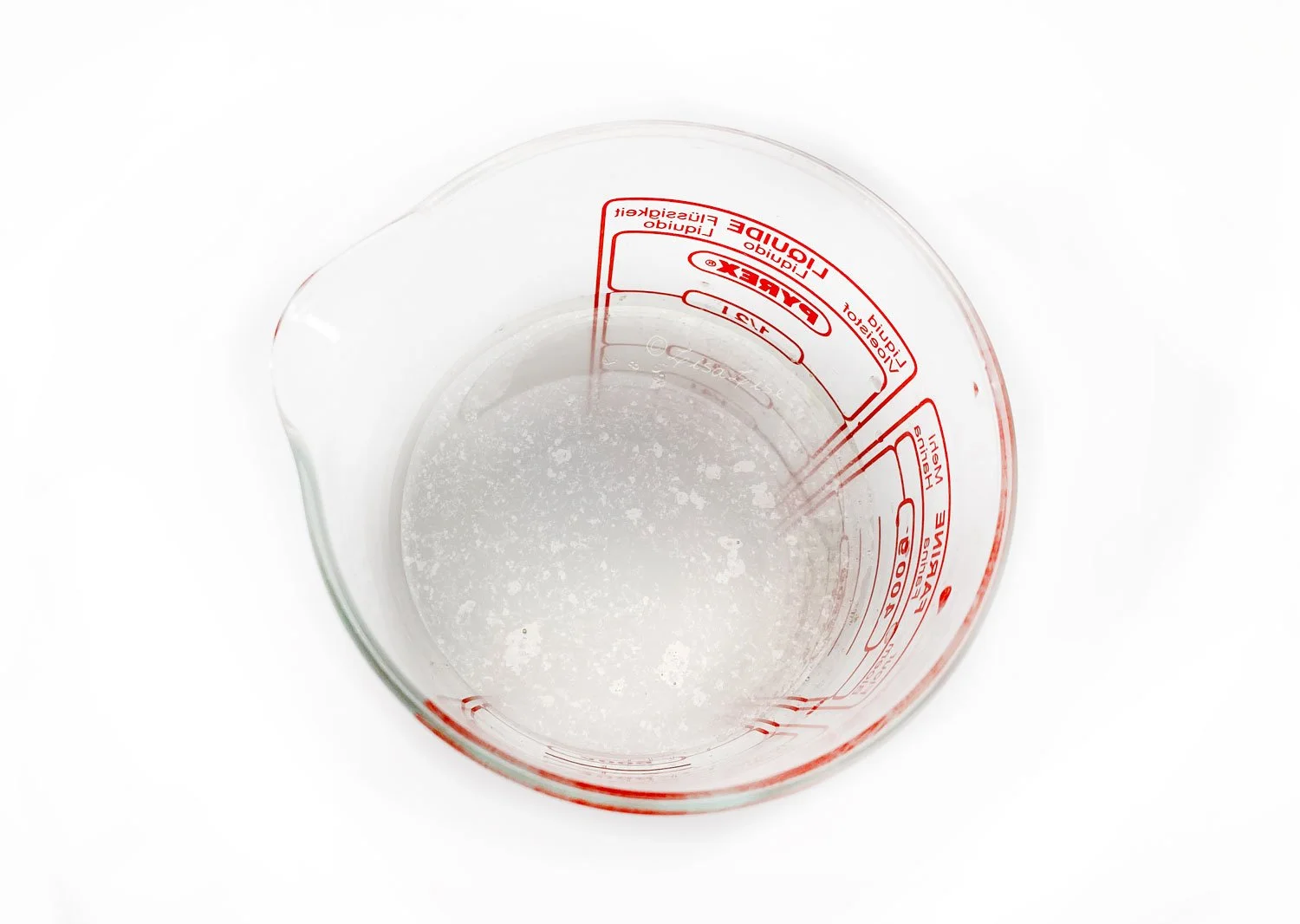Witch Hazel: One Name, Different Things
Lise
I get all sorts of interesting comments on my blog posts, and some of them lead to new acquaintances as well as learning new things.
Today's post is one such example.
Penny posted comment on an previous post about witch hazel hydrosol that prompted me to get in touch with her and ask for more information. As it turned out, she had loads to offer because she and her husband happened to be artisan distillers of pulp free, botanically certified witch hazel.
After our communications, Penny graciously allowed me to share what I learned from her.
Witch Hazel isn't Just Witch Hazel
Depending on where you live on the planet, witch hazel is different things.
To North Americans, witch hazel is a bottled liquid sold in drug stores as an over-the-counter medicine for skin irritation.
In my (European) experience, I have never come across a product called 'witch hazel' in a drug store – bottled or otherwise. One might find dried twigs and leaves of the plant available in some specialist shops, or find a hydrosol (steam distillation) available from some herbalists or cosmetic ingredient suppliers.
There's a reason for this, and today, we're going to take a closer look at why.
One Plant – Many Applications
The botanical name for witch hazel is Hamamelis Virginiana. It is one of the most widely used plants in the world. You will find it in products for internal as well as external use, in pharmaceuticals as well as cosmetics.
There are three primary types of processes and witch hazel products, each using a different part of the plant and different processing method:
Tinctures (made with alcohol and distilled)
Witch Hazel USP (where it is allowed to make medical claims)
Witch Hazel INCI (for cosmetics use)
Witch Hazel Tincture
A tincture is made by adding witch hazel bark, twigs or leaves to pure, fine grain alcohol where it is allowed to infuse over a period of time. The resulting product is a concentration of actives in an alcohol base. A witch hazel tincture can be used both externally and internally. Taken internally, it helps control diarrhoea, reduce inflammation and promotes a healthy digestive tract. Applied externally, it encourages healing of bruises, sprains, and even bleeding haemorrhoids. Tinctures are most commonly found in specialty stores in the USA and Canada.
Witch Hazel - USP (United States Pharmacopeia)
Witch hazel for use in American pharmaceutical products is referred to as USP. There are numerous production processes which will each give varying properties to the end product. The American Pharmacopeia calls for use of 'dormant twigs' for the production of USP witch hazel. (see the complete description of requirements here) http://www.pharmacopeia.cn/v29240/usp29nf24s0_m89070.html
Witch Hazel - INCI (International Nomenclature of Cosmetics Ingredients)
This is witch hazel for cosmetics use and is commonly a steam distillation using the leaves (or in Europe, and/or the flowers). Sometimes, alcohol is added to the end product.
Penny, who is in the USA, explains:
In the USA, the FDA does not include leaf distillation in its cosmetic manufacturing standards.
In 1994, the FDA declared they were "changing the name of the ingredient 'Hamamelis water' to 'witch hazel' in the final monograph for OTC (over-the-counter) astringent skin protectant drug products.' Read the entire document here.
This places witch hazel for cosmetics use in a sort of limbo-land, making it impossible for American consumers to know whether the witch hazel they are buying is a distillate from leaves or a diluted version of a USP distillate with alcohol.
Witch Hazel Production Methods
The world's leading producer of witch hazel is American Distilling, Inc. Located in Connecticut USA, they produce witch hazel that is exported around the world and used in everything from salves and creams to toothpastes and shampoos.
It is reported that industrial witch hazel is made using the entire tree rather than the dormant twigs (which is called for in the prescribed formulas - link). Although it might sound like a good idea to use the whole tree, this actually dilutes the end product considerably as the actives are concentrated in the leaves and dormant twigs.
Traditional Witch Hazel Production
Traditionally, the witch hazel wood is cut in such a manner that the plant can grow back. As one might imagine, re-harvesting the same trees over a period of time is not just environmentally friendly, but Penny explains it is also practical.
Modern Witch Hazel Production
American Distilling's website (LINK) states that the tree is 'cut to the stump, then chipped whole and delivered to the factory'. (Edit: this information was on their website at the time of the original post in 2013 but has since been removed)
Penny offered these thoughts on this production process:
"In reality, only about 12 % of the tree is bark, which – while not the legally required twigs – still contains some active ingredients. What puzzles me most is that pulp wood is not a legally accepted ingredient for any witch hazel formula in any country, yet the witch hazel factory in Connecticut gets deliveries of at least 300 tons of pulp wood every year.
Since the annual production of witch hazel USP runs in the neighbourhood of 3 million gallons, a whopping 20 million tons of witch hazel twigs would be required. I have to wonder if commercial witch hazel contains any active ingredients other than alcohol."
Penny told me she even contacted the FDA about this and was both surprised and disappointed with what she learned:
"They reported that there was no audit of raw-materials-to-final-product to insure the formula was being followed. In other words, the witch hazel may or may not be consistent from product to product. The FDA will test for solvents and alcohol – but not the active ingredients or phyto (plant) chemicals".
The European Pharmacopeia Standard(s)
In Europe, there are variations on the standards – each depending on the individual country's pharmacopeia. For a detailed report, read the European Assessment Report of the different witch hazel uses and production methods here.
As For Me
The witch hazel I know best and have used throughout the years is a hydrosol (steam distilled plant material using the flowers). My primary source of the distillate has been the French company Aroma Zone who write this about their product which is produced in France.
Concentration
To make 1 liter of hydrosol, 0.2 kilo of aerial parts are necessary, we speak of a ratio of 1/5. This extraction ratio, lower than that required for most other hydrosols (1/1), is necessary because this hydrosol is obtained from dried flowers that are much richer aromatically. So in this case this ratio makes it possible to obtain a pleasant olfactory result and to ensure good conservation of the hydrosol.
Visit the page here.
More
Visit Penny's website right here
Find organic Witch Hazel hydrosol at Aroma Zone here.
Do Tell
Do you work with witch hazel under any form? Please share which in a comment below.

















